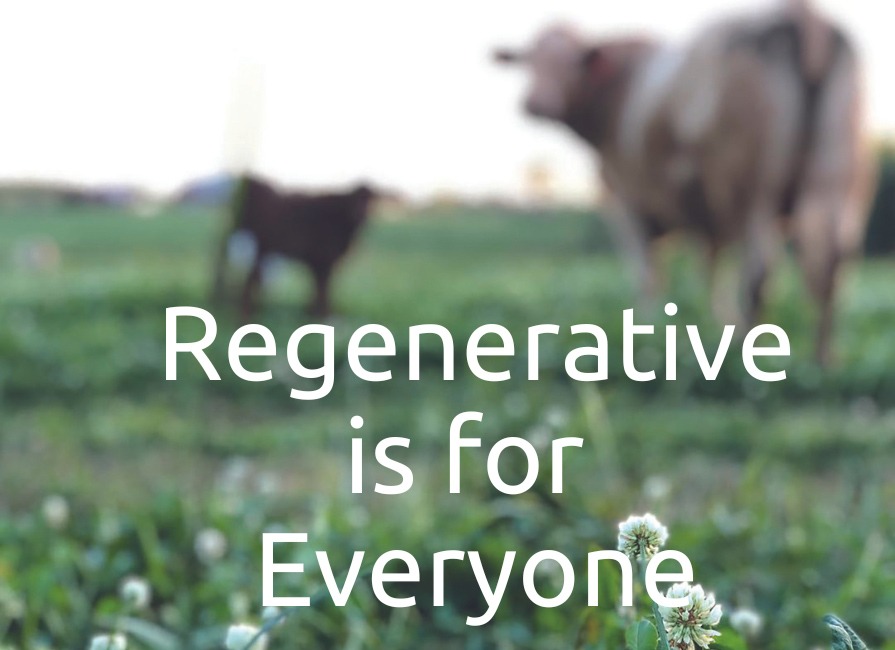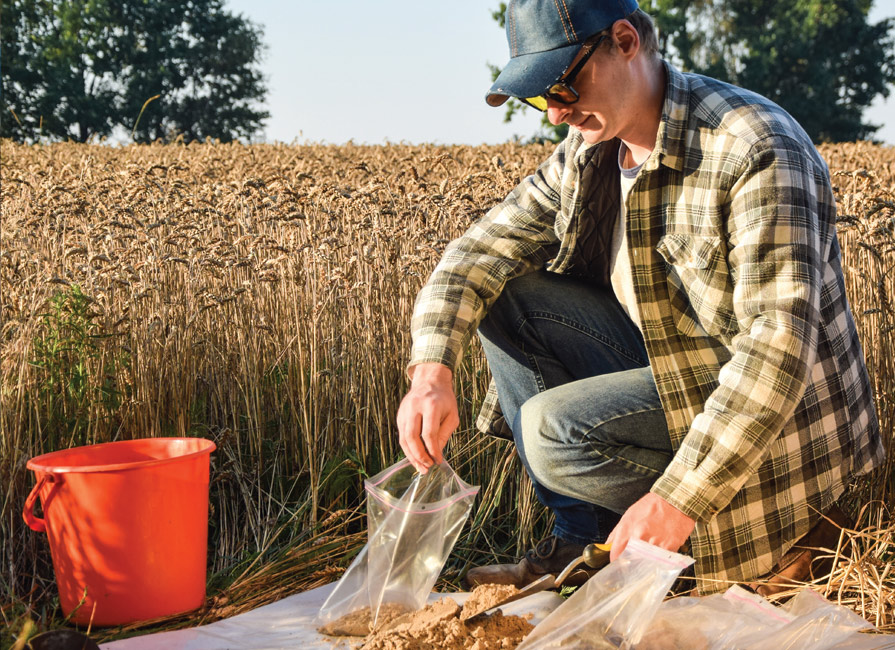Market research shows that today’s consumers are increasingly interested in knowing where their food comes…

Regenerative Is For Everyone
Ever since “regenerative agriculture” emerged as a concept, a debate has raged over exactly what it means.
Perhaps the most controversial question is whether regenerative agriculture should first be certified organic. It’s a worthy discussion, particularly as the labeling landscape becomes increasingly crowded and farmer bandwidth to maintain certifications is finite.
From the early days of the development of the Certified Regenerative by AGW program, we have always believed that regenerative certification should be both meaningful and inclusive, meeting farmers where they are on a journey of increasing sustainability. In our view, regenerative agriculture is the transition. This decision was made in full respect for organic principles, as AGW has long been rooted in the EU organic movement, and we have always held organic farmers in high regard. However, after decades since the organic rules went into effect, we realize the opportunity cost of limiting regenerative certification to already-certified organic farms is more than we—in the broadest sense—can collectively afford.
Certified organic land represents less than 1% of U.S. farmland; just over 2% in Canada; and just over 9% in the EU. In total, just 1.6% of global farmland is certified organic. With the overwhelming environmental and social challenges facing us, why should our focus be so narrow? What if we could reduce agrochemical use, increase soil cover and biodiversity, lower tillage and emissions, and improve worker and animal welfare on the other 98.4%?
While people often assume organic principles are ‘regenerative’, the organic standards do not require the benchmarking of things like soil health, water or air quality, or wildlife species/habitats, social fairness, nor measurement over time to show improvements (or otherwise). Certified Regenerative by AGW addresses all of these metrics — and more, and a farm can apply both organic and regenerative approaches simultaneously and maintain both certifications. Farms can also utilize Certified Regenerative by AGW as an accountable pathway to transition to organic—while getting credit in the marketplace for their sustainable practices. Certified Regenerative by AGW complements — and arguably enhances — organic certification and we certify many farms that hold both.
There are numerous differences and overlaps between Certified Regenerative by AGW and organic certification. The key difference is that Certified Regenerative is outcome-based, focused on a planned process of regeneration and measured improvements of ecosystem; whereas, organic certification is input-based, focused on the use of non-synthetic materials and prohibiting artificial pesticides and fertilizers.
In our experience, farmers may decide against organic certification for a variety of (understandable) reasons, including the inability to source affordable organic feed, disagreement with the prohibition on therapeutic antibiotic use, lack of market demand, or incompatibility with existing conservation plans. Many are excited to find an alternative, practical certification that still provides meaningful assurances on the things their customers care about: no GMOs, responsible antibiotic use, emissions reductions, improved ecosystem health, and benefits for people and animals.
Fairly or not, Organic agriculture has long had a reputation of being exclusive and has suffered from perceptions about its attitude toward farmers who aren’t certified. While ‘Big Ag’ has stoked this perception, it’s not entirely unfounded, and we often run across farmers who feel like they have to ‘go it alone’ in adopting more sustainable practices. At AGW, we approach certification as a partnership. While we loudly criticize agribusiness corporations, we never demonize individual farmers.
The practices many now call ‘regenerative’ predate organic, resting on a foundation of thousands of years of indigenous agricultural traditions to which we owe our very existence. While no certification can fully encapsulate this intimate connection to agriculture, we believe Certified Regenerative by AGW is a meaningful, pragmatic and impactful program that brings transparency to food production and the opportunity to create positive change at scale.
Author: Emily Moose is Executive Director at A Greener World
A version of this article appears in the Volume 9, Issue 1 of A Greener World’s Sustainable Farming magazine.



